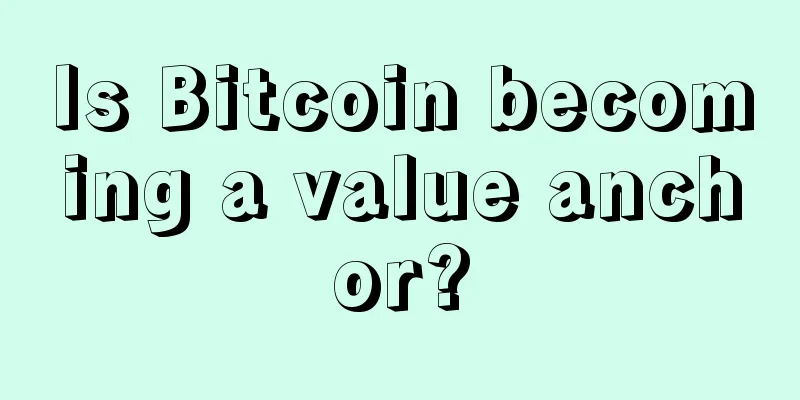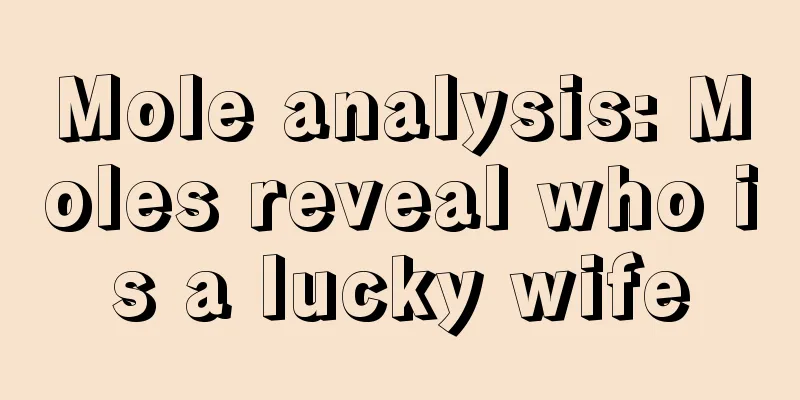Is Bitcoin becoming a value anchor?

|
Why is Terra spending billions of dollars to buy Bitcoin? The largest public buyer of Bitcoin in recent weeks has been unexpected. The largest known buyer of Bitcoin is not a corporation, pension or endowment fund, or even a large traditional financial institution; rather, it is a digital asset protocol, Terra. As of press time, the Terra ecosystem has publicly stated that it has purchased over $1.5 billion in Bitcoin, and plans to continue buying in the short and long term. Below, we will explain what stablecoins are, how Bitcoin can potentially increase trust in Terra’s stablecoin, and what other ecosystems use Bitcoin as a value anchor (i.e., a reference to value), and what this means for the future of Bitcoin and the entire digital asset ecosystem. Stablecoin Overview Stablecoins are one of the most important technologies in the digital asset field in recent years. They aim to provide a token with a stable value and are pegged to a third-party asset, such as a fiat currency, a commodity, or even a price index. The most popular type of stablecoin is one that maintains a stable price relative to the U.S. dollar. Stablecoins can satisfy a variety of financial use cases such as trading, lending, and consumption. Stablecoins are one of the important infrastructures of the decentralized finance (DeFi) ecosystem, raising questions about their degree of decentralization in recent years. The history of stablecoins is long and more complicated than it seems. The following will briefly introduce the three main categories of stablecoins and explain why algorithmic stablecoins are becoming more and more popular.
Why is UST so popular? There are many reasons why the stablecoin UST is popular, the most important of which is its optimization around decentralization and innovation. The minting and destruction of UST does not rely on real-world assets, which can be audited or seized. Compared with today's popular stablecoins such as Tether and USD Coin, which require a large amount of collateral, UST embodies the characteristics of decentralization . Terra has also established partnerships with payment platforms and others based on user expectations to make its stablecoins usable for traditional trade and generate the most popular feature of its platform, a savings account called Anchor. Anchor's interest rate is fixed at around 20%, which is attractive to users. The high interest rate is partly due to subsidies introduced to attract new users, but this model is not sustainable. This interest rate may be adjusted to a more sustainable level in the future, but the product is still attractive among similar products. For these reasons, UST is the stablecoin with the highest growth rate in recent months. According to Coingecko, the market value of UST was less than $3 billion in early November last year, and it has now swelled to more than $16 billion, which means that on average more than $2 billion of stablecoins are minted every month. This has led some to worry that if a large number of users decide to redeem UST for Luna at the same time, UST may not be able to anchor its value to $1. This "bank run" scenario is the most discussed risk about the Terra ecosystem. This brings us to the intersection of Terra and Bitcoin in recent weeks. Two Worlds Collide — Terra and Bitcoin Terraform Labs is responsible for most of the innovation within the Terra ecosystem. The company established the Luna Foundation Guard in January 2022 to ensure that UST is pegged 1:1 to the US dollar. The organization detailed an ambitious roadmap in its preliminary plan: acquiring assets outside its own ecosystem to support UST's stability at a value of $1. Its first order is for Bitcoin, with an amount of $3 billion, and subsequent plans to gradually purchase $10 billion in Bitcoin. Terra has bought more than $1.5 billion worth of Bitcoin (35,700 BTC) to date. They first bought nearly 10,000 Bitcoins at the end of January, and then bought about $125 million worth of Bitcoin every day between March 22-30. Based on its initial funding size and a purchase target of about $3 billion, it is expected that the organization will buy more Bitcoin in the near future. This batch of Bitcoin reserves will be used as a security mechanism for UST . At that time, in addition to the existing Luna minting mechanism, UST users will be able to rely on a large Bitcoin reserve. According to the current agreement, the Luna Foundation Guard will most likely agree to use Bitcoin in some form to support UST's value of 98 or 99 cents, so that Bitcoin will only be used when UST cannot stabilize at 1 US dollar. When users know that there is a large amount of Bitcoin backing UST, it may increase their confidence in using UST. This is a good example of how other ecosystems rely on Bitcoin for trade-offs, and Bitcoin can enhance stability and trust. Next step As discussions about Bitcoin as collateral for other ecosystems continue to grow, things like Terra buying Bitcoin may become more common. To date, Dai's multi-collateral vault includes more than $2.3 billion in wrapped Bitcoin. Therefore, Terra's case is exciting and fits the vision of a multi-chain world where other ecosystems can rely on Bitcoin's stability and trade-offs . Although Bitcoin is designed to be simple and boring, it is also simple and trustworthy because of this. Bitcoin is likely to become a "primitive collateral" that can be used in traditional investment fields to achieve the purpose of diversification and hedging traditional currencies, and can also support alternative blockchain ecosystems at the forefront of technological development, bringing stability to this ever-changing and innovative world. |
<<: Did US inflation peak in March?
Recommend
Can forehead wrinkles be eliminated? Does it affect your fortune?
Forehead wrinkles are a type of wrinkle that affe...
Can lost or stolen Bitcoins be recovered? A Jinan court ruled on a "Bitcoin loss case"!
Bitcoin is a virtual encrypted digital currency i...
Analysis | Review of the March 12 Bitcoin panic stampede
Editor’s Note: The original title is “Review and ...
Ethereum's rise causes GPU supply shortage, mining machine manufacturers challenge Nvidia
Ethereum, the second largest cryptocurrency by ma...
What are the facial features of people who can't achieve anything without fighting? Big forehead
Many people need encouragement when facing life. ...
F2Pool reaches cooperation with BitFuFu
F2Pool has reached a cooperation with BitFuFu, a ...
1 million computers at risk of being infected with Wannamine mining virus
Cybereason, a network startup, recently said that...
A woman with a mole on her nose
A woman with a mole on her nose A woman with a mo...
Bankless: How to ride the meme wave? These 5 tools are not to be missed
We are back in the bull market surge. Token price...
What kind of facial features can turn misfortune into fortune?
It is inevitable that people will encounter some ...
The Chinese government restricts gold imports? Bitcoin demand is rising again
According to Cointelegraph last week, the Indian ...
How to read the five senses and face Feng Shui
Physiognomy and Feng Shui have been closely relat...
What does a sunken forehead indicate for a woman? What is her fortune like if her forehead is sunken?
When it comes to beauties, the most intuitive imp...
Seven types of facial features that indicate loyalty in love
1. People with relatively large ears. In some cus...
US SEC Crypto Enforcement Report: Which companies were fined the most from 2013 to 2024
In recent years, the U.S. Securities and Exchange...









